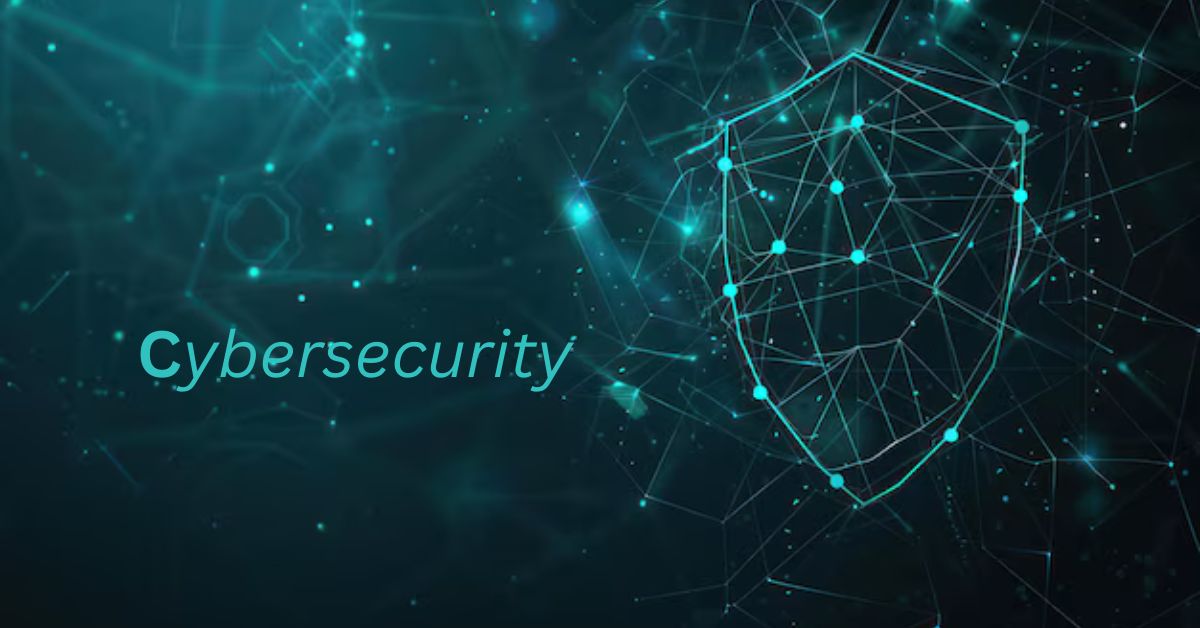In today’s interconnected world, the significance of cybersecurity cannot be overstated. As individuals and organizations increasingly rely on digital platforms, the risks associated with cyber threats continue to grow. This article explores essential aspects of cybersecurity, offering insights into best practices, emerging trends, and the importance of a proactive approach to safeguarding your digital life.
Understanding Cybersecurity
Cybersecurity refers to the practices, technologies, and processes designed to protect computers, networks, and data from unauthorized access, theft, damage, or disruption. The primary objective is to ensure confidentiality, integrity, and availability of information. Understanding the core concepts of cybersecurity is crucial for anyone who uses technology in their daily lives.
Types of Cyber Threats
Cyber threats come in various forms, each posing unique risks to individuals and organizations. Common types include:
- Malware: Malicious software designed to harm or exploit devices. This includes viruses, worms, ransomware, and spyware. Malware can lead to data breaches and significant financial losses.
- Phishing: A social engineering tactic where attackers trick individuals into revealing sensitive information, such as passwords or credit card numbers. Phishing attacks often occur through emails or fraudulent websites.
- DDoS Attacks: Distributed Denial of Service attacks aim to overwhelm a target’s server or network by flooding it with traffic. This can render websites and services inaccessible, causing disruption.
- Insider Threats: These threats originate from within an organization, often involving employees who misuse their access to sensitive information. Insider threats can be intentional or unintentional.
The Importance of Cyber Hygiene
Cyber hygiene refers to the practices and steps that users take to maintain system health and improve online security. Just as physical hygiene is vital for health, cyber hygiene is essential for protecting digital assets. Key practices include:
- Regular Software Updates: Keeping software up-to-date is crucial for addressing vulnerabilities. Developers frequently release patches to fix security flaws, making it essential to install updates promptly.
- Strong Passwords: Using complex, unique passwords for different accounts significantly reduces the risk of unauthorized access. Consider employing a password manager to generate and store strong passwords securely.
- Two-Factor Authentication (2FA): Enabling 2FA adds an extra layer of security by requiring a second form of verification beyond just a password. This could be a text message, email, or authentication app.
The Role of Firewalls and Antivirus Software
Firewalls and antivirus software are foundational components of cybersecurity. A firewall acts as a barrier between your network and potential threats from the internet. It monitors incoming and outgoing traffic, blocking harmful data packets.
Antivirus software scans for and removes malware from devices. It is crucial to choose reliable antivirus programs and keep them updated to defend against the latest threats effectively.
Educating Yourself and Your Team
Awareness and education are key to a robust cybersecurity strategy. Individuals and organizations should prioritize ongoing training to stay informed about current threats and best practices. Consider the following approaches:
- Regular Training Sessions: Conduct training sessions for employees to raise awareness about phishing, social engineering, and other common threats.
- Simulated Phishing Attacks: Run simulated phishing campaigns to test employees’ responses and reinforce learning. This helps identify areas where additional training may be necessary.
- Cybersecurity Policies: Develop and enforce clear cybersecurity policies within organizations. These policies should outline acceptable use, incident response, and data protection measures.
The Impact of Emerging Technologies
As technology evolves, so do cyber threats. Emerging technologies such as artificial intelligence (AI), the Internet of Things (IoT), and blockchain introduce new vulnerabilities. Understanding the implications of these technologies on cybersecurity is essential.
- Artificial Intelligence: While AI can enhance cybersecurity measures, it can also be exploited by cybercriminals. Attackers may use AI to automate attacks, making them more efficient and harder to detect.
- Internet of Things: The proliferation of IoT devices increases the attack surface for potential cyber threats. Many IoT devices lack adequate security measures, making them attractive targets for hackers.
- Blockchain: Although blockchain technology offers enhanced security and transparency, vulnerabilities still exist. Smart contracts and decentralized applications can be exploited if not designed properly.
The Importance of Incident Response Plans
No matter how robust your cybersecurity measures are, the possibility of a breach always exists. Therefore, having a well-defined incident response plan is crucial. This plan should include:
- Identification: Quickly identifying the nature and scope of the breach is essential for an effective response.
- Containment: Taking immediate steps to contain the breach can prevent further damage. This may involve isolating affected systems or disabling compromised accounts.
- Eradication and Recovery: Once contained, it’s important to eradicate the threat and recover affected systems. This includes removing malware, restoring data from backups, and applying necessary patches.
- Post-Incident Review: After resolving the incident, conducting a review can help identify lessons learned and improve future response strategies.
Cybersecurity Regulations and Compliance
Various regulations govern cybersecurity practices across different industries. Understanding and complying with these regulations is vital for organizations. Common frameworks include:
- General Data Protection Regulation (GDPR): This European Union regulation focuses on data protection and privacy for individuals. Organizations that fail to comply can face significant fines.
- Health Insurance Portability and Accountability Act (HIPAA): HIPAA mandates stringent security measures for healthcare organizations to protect patient data.
- Payment Card Industry Data Security Standard (PCI DSS): This standard outlines security measures for organizations that handle credit card transactions, ensuring protection against data breaches.
Future Trends in Cybersecurity
As cyber threats continue to evolve, staying ahead of the curve is crucial. Future trends in cybersecurity include:
- Increased Adoption of AI and Machine Learning: Organizations will increasingly rely on AI and machine learning to detect anomalies and respond to threats in real-time.
- Zero Trust Security Models: The zero trust approach assumes that no one, inside or outside the network, should be trusted by default. Verification is required for every request to access resources.
- Focus on Privacy: With growing concerns about data privacy, organizations will need to prioritize protecting personal information and comply with relevant regulations.
Conclusion
In an age where technology plays an integral role in our lives, understanding and implementing effective cybersecurity practices is paramount. By being aware of potential threats, maintaining cyber hygiene, and adopting a proactive approach to security, individuals and organizations can significantly reduce their risk of falling victim to cyberattacks. As technology continues to evolve, staying informed about emerging trends and best practices will ensure that your digital life remains safe and secure. Prioritize cybersecurity today to protect your future.










